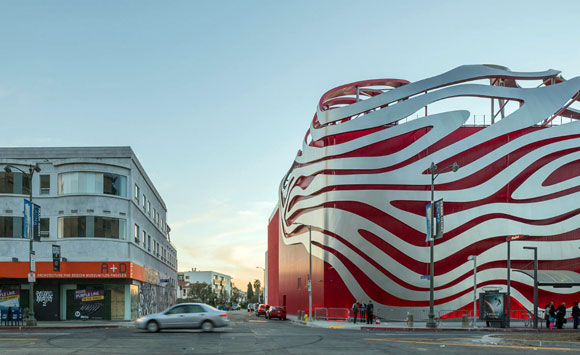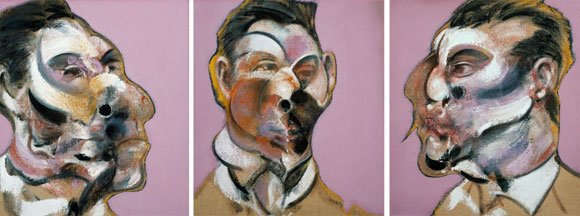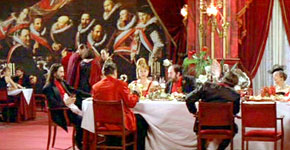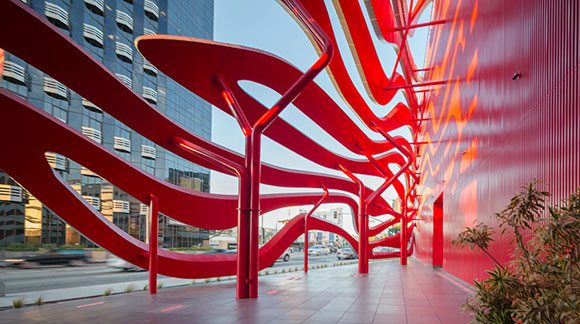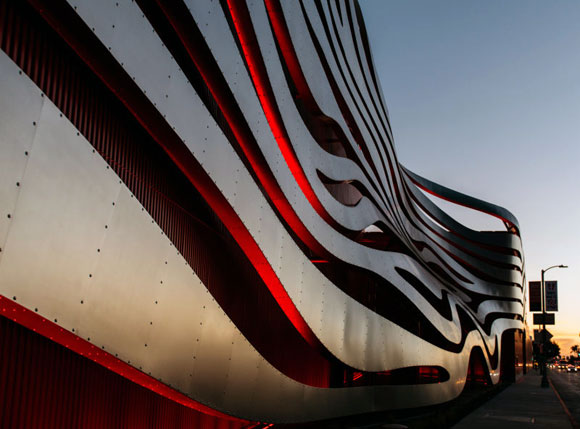SOME KIND OF BEAUTIFUL
Storm King Wavefield, by Maya Lin, Storm King Art Center, New Windsor, New York (2009, photo from stormking.org)
What is beauty? How is it defined, described, discussed, deconstructed?
Looking at personal favorites, I ponder four themes of beauty: 1) man-made, 2) God-made, 3) the Grotesque, and 4) the ethereal.
1) BY MAN OR WOMAN
One category of beauty is that made by the hands of a person. And its beauty can be at any size and complexity—from a gourmet delicacy to twisted steel beams six stories high.
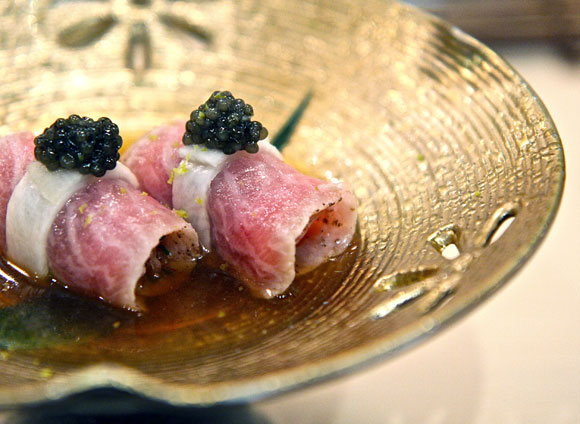
I love the artistry in making sushi. Not only is the result visually appealing, but sushi’s beauty is also temporal. The creations exist as beautiful for only a brief moment, as the juices soak for too long and discolor the creation, as the temperature changes how the food glistens.
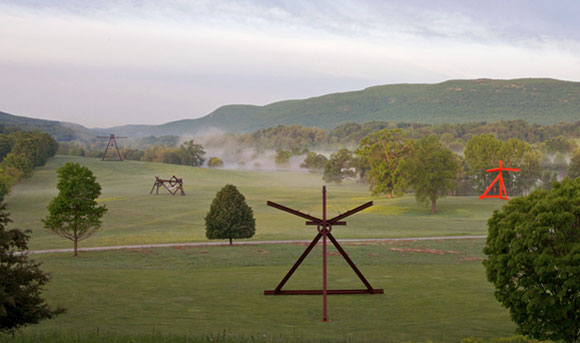
One of my favorite places on the planet is the 500-acre art park known as Storm King in Upstate New York. With immense scale, the sculptural installations are profound. No longer inhibited by the walls of a gallery, the sky is literally the limit. Art’s beauty reaches up, out or down, and does so more ambitiously than ever before.

2) BY NATURE
Mother Nature has delivered some of the most beautiful things in the world.
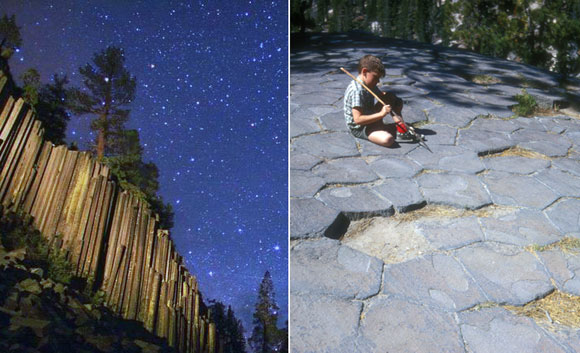
I favor the natural stone formation known as Devils Postpile. Basalt formations create hexagonal columns that start deep in the Earth and reveal their natural engineering at the surface. The beauty and structural logic of the hexagon is prevalent throughout nature.

3) THE GROTESQUE
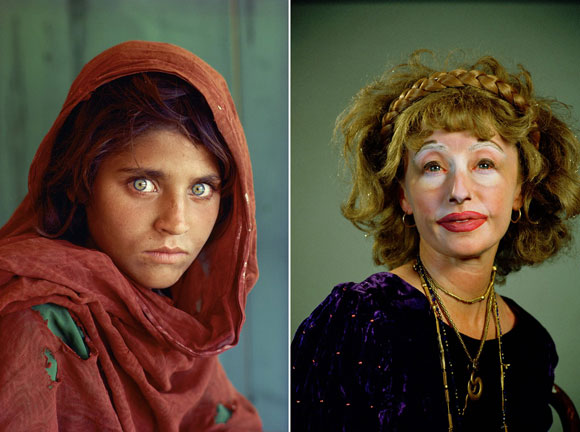
Beauty can be obviously beautiful or not so obvious. Perhaps beauty does not have to be pretty and attractive, but rather, sublime.
The Steve McCurry portrait is universally considered to be one of the definitive portraits in history, akin to the Mona Lisa. Yes, McCurry’s work is exquisite. But I argue that photographer/artist Cindy Sherman has also captured beauty, but in her signature bizarre and deformed visions.

Countering the classical beauty of portraits by Annie Leibovitz, Nan Goldin’s work presents hypnotic, even frightening images of her friends. Starting as a raw, stark and intimate look into the life of the gay subculture of the 70’s and 80’s in New York City, Goldin’s “look” is later commercialized, nearly made trite. Even called beautiful, “Heroic Chic” arrives to the world of fashion photography.
See more on the Grotesque and architecture.
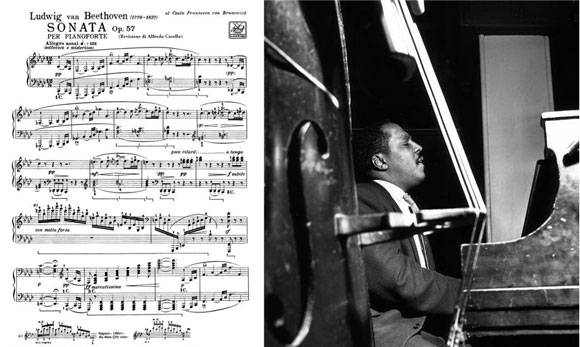
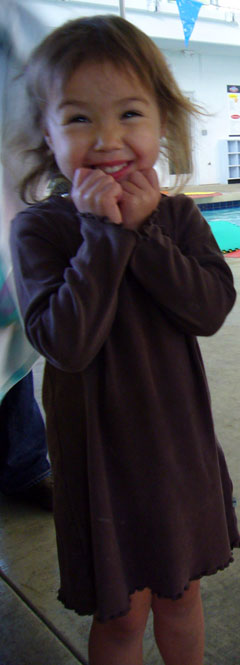
4) THE ETHEREAL
How do we defined the aural beauty in music and its ethereal qualities? Both the music of Beethoven and Bud Powell have been described as beautiful and Grotesque, with its poetic lyricism alongside jarring rhythms and discordant harmonies.
Lastly, this portrait too is beautiful. Ethereally.



